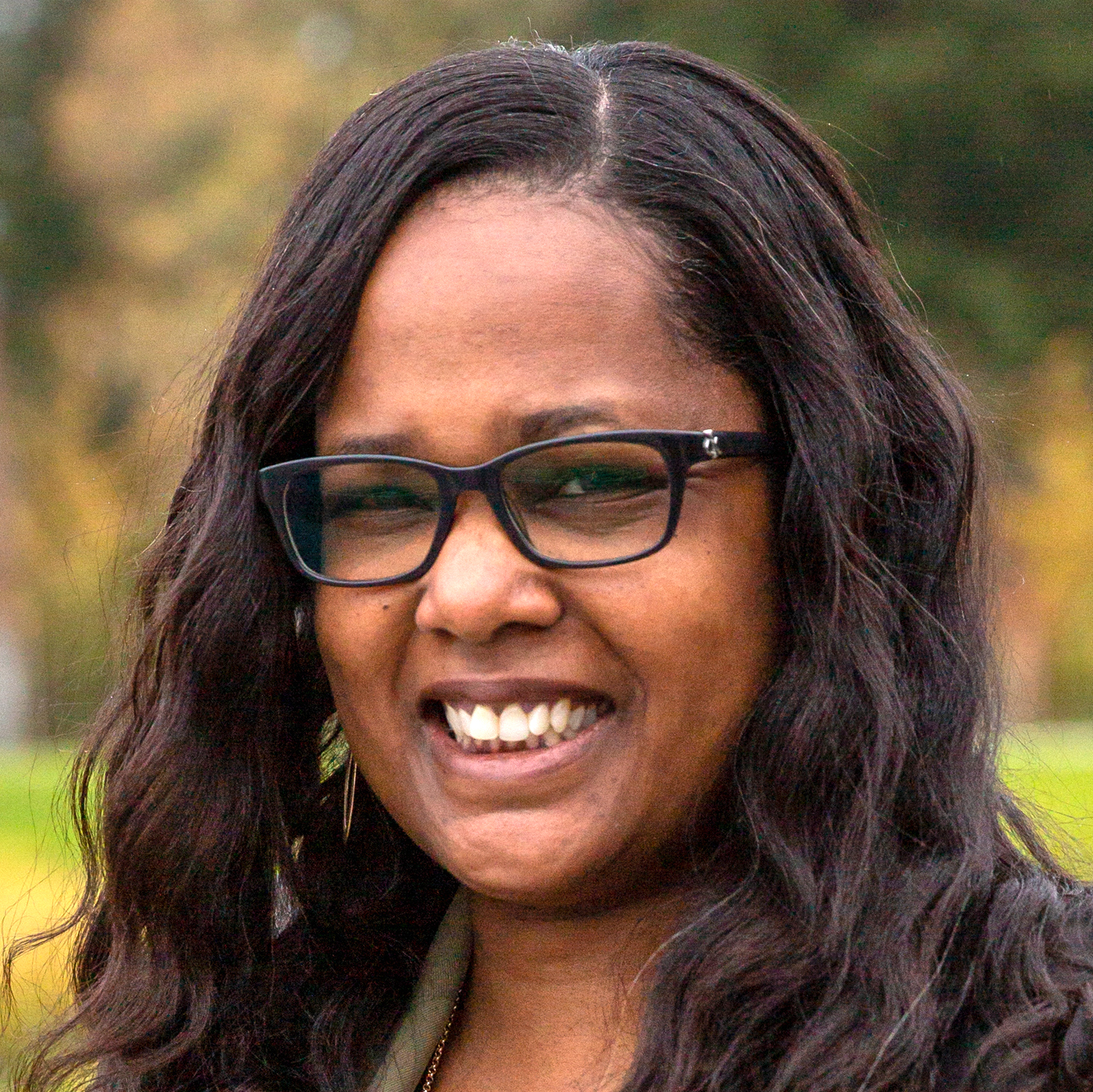
A key goal of Vancouver Public Schools’ equity audit is to ensure that student achievement can no longer be predicted by family background or zip code.
“We want to be able to predict their achievement based on the opportunities that have been provided for them and the learning they experience,” says Janell Ephraim, the Washington district’s chief equity officer. “Right now we can predict achievement based on factors that are outside of a student’s control.”
The district is embarking on an equity audit as a parallel to its work with UCLA’s Civil Rights Offices. The district had been identified as having disproportionate disciplinary rates for Black students, Pacific Islanders and students with individualized education plans, Ephraim says.
Before the audit, staff at many of the district’s schools had already begun cultural responsiveness training in an effort to focus on each learners’ strengths and build strong relationships between staff and students.
More from DA: How an equity audit zeroed in on ‘avenues of achievement’
This fall, the district also began having its youngest students return to in-person learning in small groups. Those students were having the biggest challenges in adjusting to online learning.
“Our plan is to reach out to more students, in particular those who are furthest from educational justice, such as students who are experiencing homelessness, families who are learning English and struggling readers.”
Teachers, meanwhile, are eager to learn more strategies for engaging more students in remote instruction, Ephraim says.
One strategy is has implemented to recruit more teachers of color is to expand its dual-language program.
“We have seen an increase in how diverse our workforce has been over past few years but we know we’ve got work to still do and we’re ready to do it,” she says.
The district also has recruited community members to serve on an equity advisory committee to put the audit’s findings into practice.
More from DA: How to teach anti-racism through project-based learning
Other steps the district will take during the audit include:
- Assessing how financial resources are distributed across the district.
- Assessing leadership team’s readiness to address institutional racism and equity.
- Reviewing professional development offerings related to equity, diversity and creating schools free of bias, prejudice and discrimination.
- Identifying current strategies and practices that promote equity or create inequity.
- Reviewing curriculum to ensure it is fully representative of our diverse community.
- Providing a detailed analysis on district data relative to student academic performance, enrollment, achievement, attendance, social emotional needs, dropout and graduation rates, involvement in extracurricular activities, special education and English Learner classification.
- Disaggregating the data by race/ethnicity, gender, socioeconomic status, disability and English language proficiency.
- Analyzing student access to district magnet programs and schools of choice.
“Our equity initiative is really looking at inst racism and implicit bias,” Ephraim says. “I think tough conversations can be challenging for any school system but the bottom line is we must do what right for all of our kids.”
Equity success is ‘measured in steps’
On a consultant’s equity scale, Fitchburg Public Schools ranked near the middle of the road for inclusivity, Superintendent Robert Jokela says.
Over the last 20 years, the district—which completed an equity audit this fall—has reached 72% students of color, yet its teaching staff remains largely white. The district is now working on several fronts to better serve all its students, Jokela says.
“We’re encouraged with the progress that we’re making but we know this is a journey, and its success is measured in steps, not one huge leap,” he says.
Jokela and his team are now developing new recruitment strategies to attract more teachers and staff of color while also zeroing in on the problem of lower achievement among its Hispanic students.
More from DA: Fall testing paints fuller picture of COVID learning loss
This district must also reverse disciplinary policies that have impacted students of color disproportionately, he says.
Central office administrators are working with school building leaders on these various inclusivity initiatives that will also look at expanding the curriculum so instruction is more relevant to students of all backgrounds.
“For me, personally and professionally, it’s really about looking at white privilege, and understanding bias and racism in this country and how that’s reflected at the micro-level—in the community where I work,” Jokela says. “We’re going to encourage constructive conversations to improve our practices, outcomes, and engagement of students and families.”







